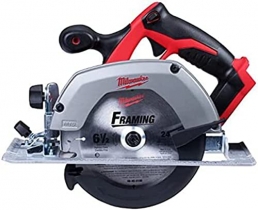-
Welcome to Tacoma World!
You are currently viewing as a guest! To get full-access, you need to register for a FREE account.
As a registered member, you’ll be able to:- Participate in all Tacoma discussion topics
- Communicate privately with other Tacoma owners from around the world
- Post your own photos in our Members Gallery
- Access all special features of the site
Why Only Rear U-Joint Zerk doesn't accept grease?
Discussion in '1st Gen. Tacomas (1995-2004)' started by 4RunnerScott, Jul 30, 2016.


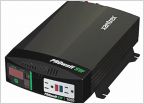 How to install power inverter 110v 2002 taco’s
How to install power inverter 110v 2002 taco’s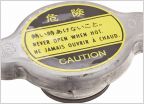 So many radiator threads; here's the latest
So many radiator threads; here's the latest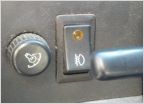 Needing help identifying rear differential
Needing help identifying rear differential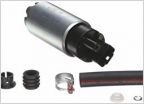 Aftermarket fuel pump
Aftermarket fuel pump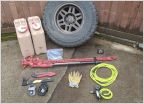 Paint on Inside of Jerrycan Is Coming Off
Paint on Inside of Jerrycan Is Coming Off





